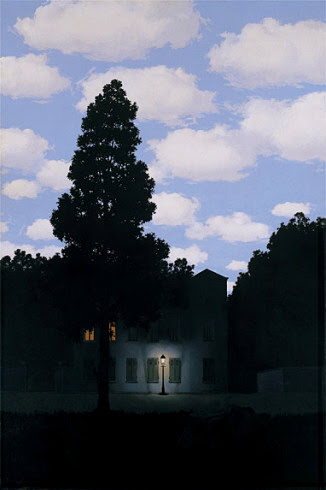 |
| Jacques-Louis David, "The Death of Marat" (1793). Royal Museum of Fine Arts of Belgium. Click here for image URL |
"The Death of Marat" is possibly one of the most influential paintings of the 18th Century, if not, History. Jacques-Louis David, a court painter for Napoleon, was influenced by the Classical art of the Romans and Greeks. This painting portrays the death of the Revolutionary Jean-Paul Marat, a member of the Committee of General Safety, who was assassinated by Charlotte Corday. Marat suffered from eczema, a skin condition that demanded he should bathe in oatmeal as a treatment - a place he sometimes worked from. The woman did not flee after his death; instead, she stayed by his side, waiting for someone to find them both. Two day later she was executed.
Though depicting a scene of murder, with a cut on Marat's torso, the painting has a contradictory calming mood through the use of cool earthy colours. David used elements of historically known figures, like Michelangelo's "Pietá". By comparing Marat to Jesus, the artist gives an aural quality to both the man and the painting, creating an environment of holy. Though a recent happening at the time of its making, this painting could be considered to have a historical connotation through its Neoclassical style. By using a sculptural positioning of the subject, he enhances the political views of the revolution in a whole: the repetition of grandiosity of the Roman Empire through its classical elements.
 |
| Edvard Munch, "The Death of Marat I" (1907). Click here for image URL. |
TJ Clark considered this painting to be the first modernist artwork, for "the way it took the stuff of politics as its material, and did not transmute it". Though a contradictory statement, this painting has influenced several artists to recreate this scene, and discuss its details. Edvard Munch, for example, has created a series of paintings depicting the subject of the revolutionary's death, though using his own understanding of the happening. He believed that even though Marat and Corday were enemies, the man surrendered to the desires of the female figure, who then stuck him. This painting in the other hand, is much more chaotic and intense than the one produced by David.


















_-_The_Girl_With_The_Pearl_Earring_(1665).jpeg)

